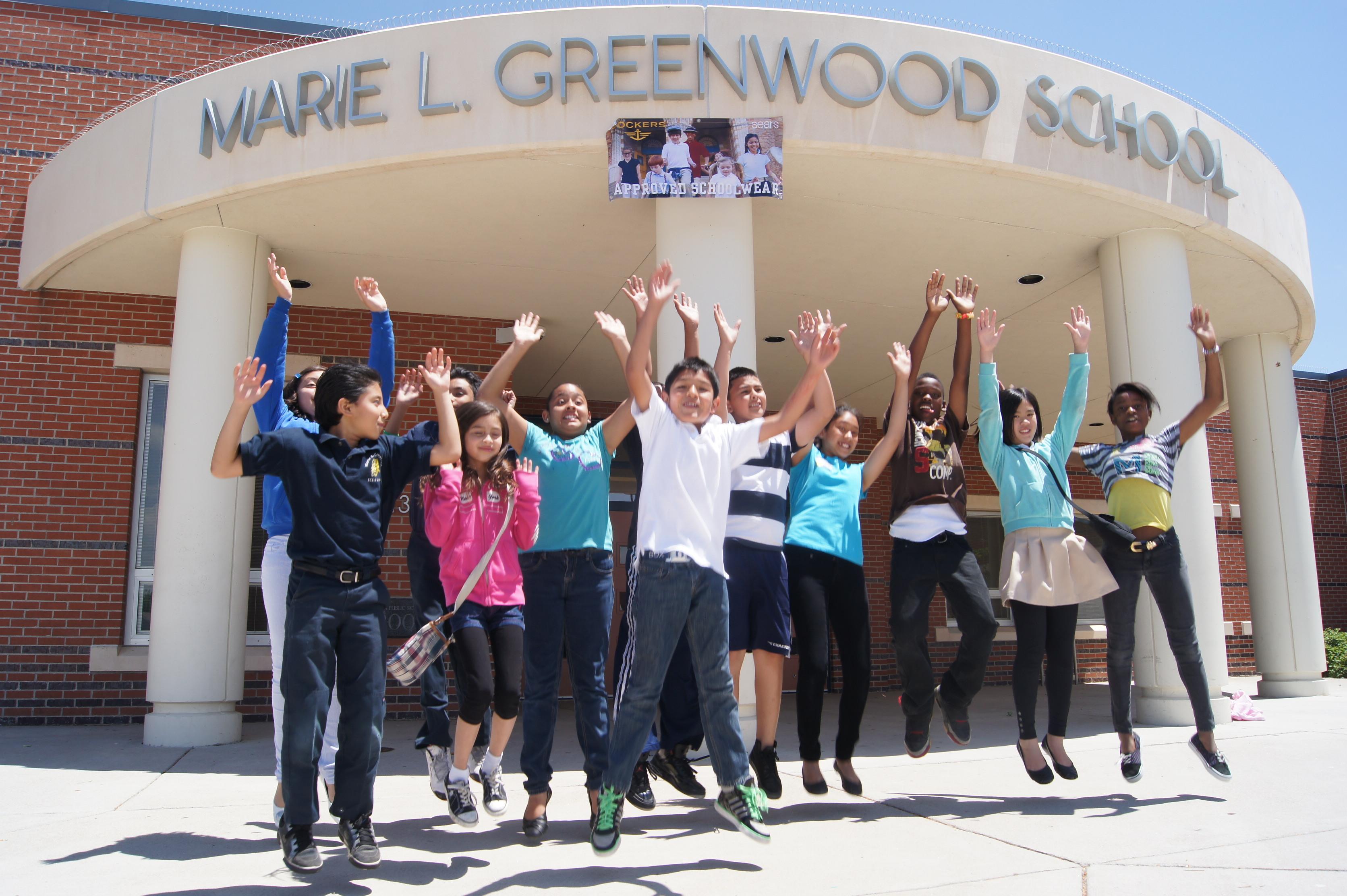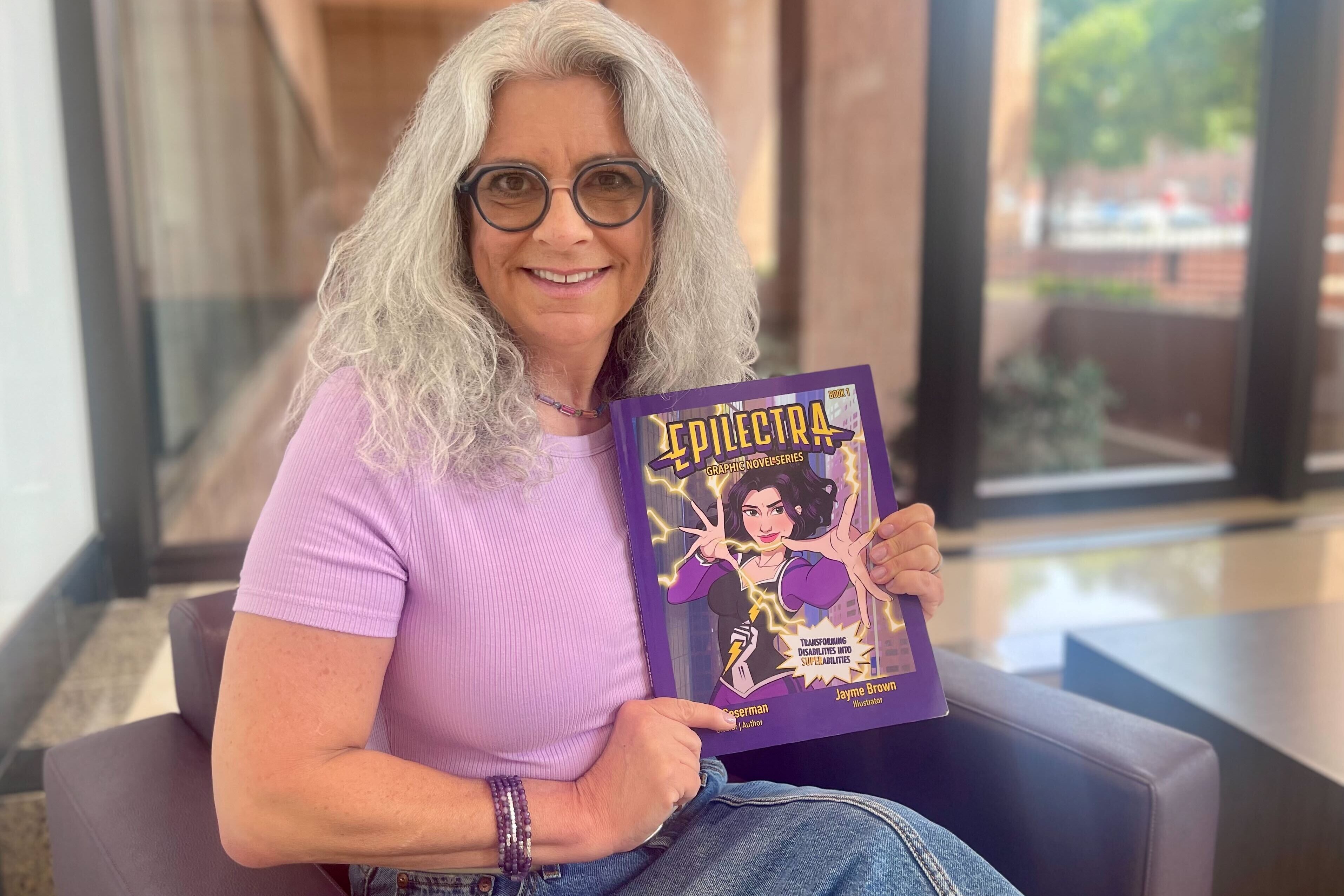
A new analysis shows Denver’s three-year-old school choice system is popular and easy to use, but there aren’t enough good schools in all neighborhoods.
A + Denver, a non-profit education think tank, gives Denver’s school district high praise for creating a “family-friendly” application, the only one like it in the country.
Previously, parents had to fill out one or more of 60 different applications to apply to a school outside of their boundary area. Now there’s a single-page application for all schools, a specified enrollment period, and a color-coded scale reflecting the quality of school.
“Families are buying into it and participating at higher rates than they ever have in previous years and most families are getting first choices,” said Van Schoales, CEO of A+ Denver.
The report found participation is high across all racial groups and income levels, with 63 percent of low-income families participating compared to 69 percent of wealthier families. White students, at 85 percent, had the highest participation rate, compared to 63 percent of black students.
The match rate is also high. Between 76 and 89 percent of all students are matched with one of their choices, and most students are matched with their first-choice school.
Families prefer school ranked highly on the state scorecard. One-fifth of school choice participants requested schools outside of their neighborhood.
Good schools not evenly distributed
But the report found that good schools aren’t evenly distributed across the city. Schoales said lack of transportation is an issue. Families in neighborhoods with low-ranking schools often can’t transport their children to other city neighborhoods.
Link: DPS' school rankings
In the city’s southeast, for example, over 90 percent of schools are distinguished or meet expectations. But only 40 percent of schools in the city’s far northeast have those ratings.
“If you happen to live in a neighborhood that has many low-performing schools and you’re a low-income family then you’re less likely to choose a good school than compared to a non-low income family that lives in a wealthier neighborhood that has better schools,” Schoales said.
Across the three years of school choice, 73 percent of families in Denver’s southeast region list a highly rated school as their first choice, while only 53 percent of families in the southwest do.
More highly rated schools
Overall, there are more highly rated schools than when the system was simplified in 2012. The report shows that the number of openings at schools rated as “distinguished” or “meeting expectations” increased since 2012 at the elementary school level by 15.3 percent, at the middle school level by 17.3 percent and at the high school level by 41.8 percent.
The report also found that families who list a high-quality school as their first choice are much less likely to be matched with that school than families who select lower-quality schools.
Selecting a first-choice school outside the family’s home region lowers the likelihood of being matched with it by nearly 6 percentage points.









